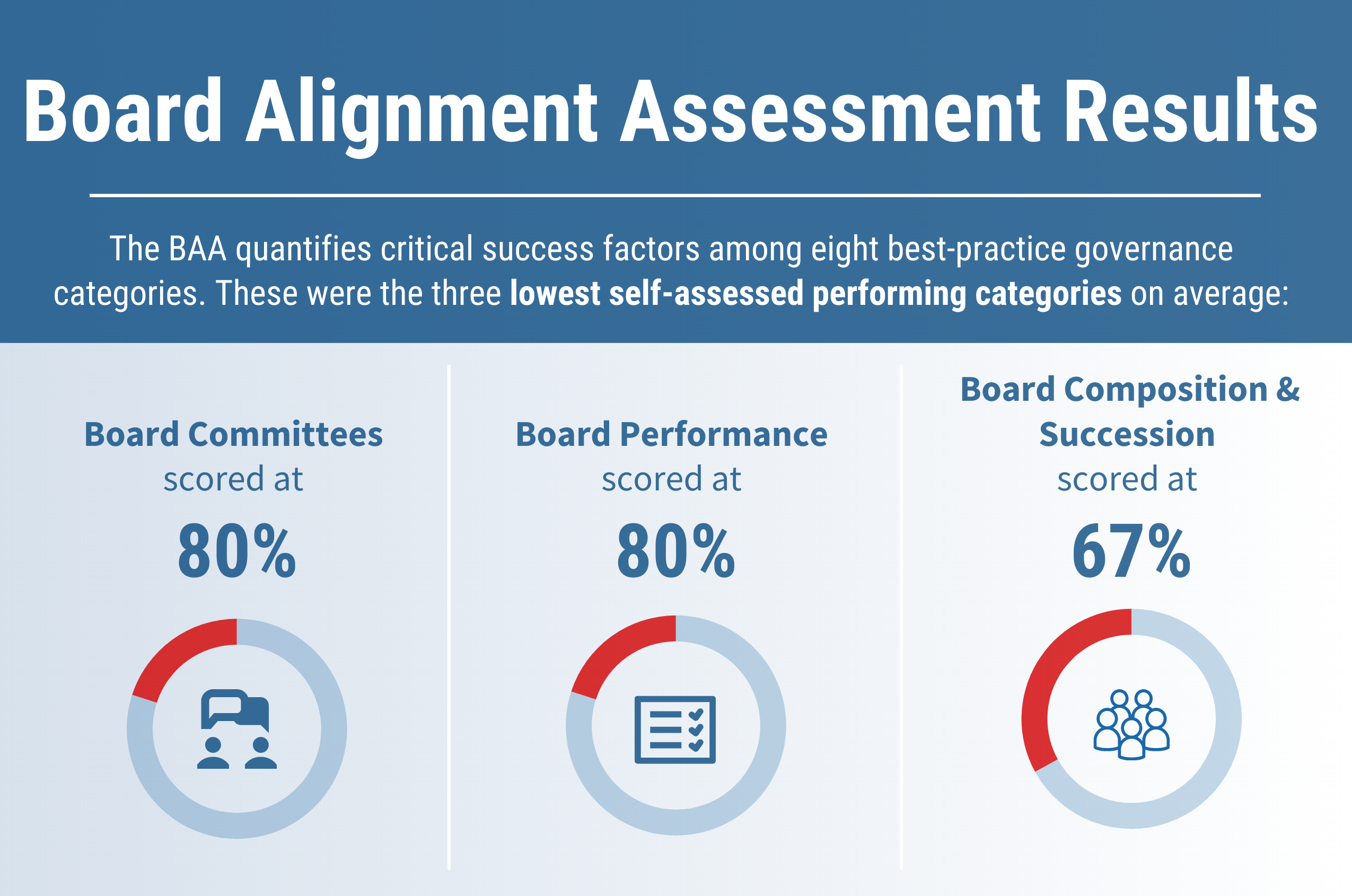Part 1: New Rules for CUs—Is Your Board Aligned and Ready?
By Peter Myers, Senior Vice President, DDJ Myers, Ltd.
Brace yourself. Data, one of the biggest influencers of our time, has a few lessons for us that may be bitter to taste and even harder to swallow. Nonetheless, we hope the lessons stimulate your appetite for action.
A few dynamics are becoming more critically important as we reconsider processes in response to COVID-19. Something has to change drastically in the conversations regarding board composition and succession.
Everything needs to be reevaluated to construct a sustainable new normal. Some credit unions have to make the difficult choice of closing branches and furloughing staff; one CEO plainly said, “It sucks … and we’re embracing the suck.” This situation is requiring credit unions to innovate new ways of doing the basics. Some of these new practices will stick, such as metered remote workforces, and some new practices will likely not stick, halting expansion plans.
One thing is clear, the organization will emerge a different shape. That should encourage require boards, like the organizations they oversee, to put every topic on the table. A board chair recently said to us, “A wrecking ball hit our boardroom. We’re being forced to rethink everything.”
In 2019, our company launched a new assessment tool that quantifies critical success factors among eight best-practice governance categories. Our goal was to give boards an easy way to assess performance, leverage strengths, identify gaps, and measure progress as a self-governing fiduciary body.
Across our client pool, the lowest self-assessed performing category, by a large margin for participant credit unions, is Board Composition and Succession, scoring at 67%. The next lowest categories are Board Committees and Board Performance, both scoring 80%. The underlying details point to boards self-assessing that they currently have members that are qualified and add substantive value, yet the boards lack succession plans that they can be proud of.

When boards review these results, “term limits” inevitably finds its way into the conversation; it’s a sensitive topic. Recently, at a conference, a CEO introduced me to some of his board members, and no joke, right out of the gate one of the board members said, “We’re looking forward to working with you, but you need to know there is one topic that is out of bounds: term limits.” We were not talking about a governance program, and in the countless times Deedee or I have spoken at conferences, we have never asserted that all boards should have term limits.
The BAA helps boards see that succession is not about term limits; it is about a constructive conversation and an action plan that address what talent is needed in the boardroom to appropriately pace the evolving needs of the organization. Now is the time for boards to do their part in helping the organizations evolve and put everything on the table, evaluate their practices (de facto and de jure) to see what they need to enhance, and the practices they need to keep or ditch to emerge a stronger and more relevant board for the emerged organization.
Find out more about the BAA here, and stay tuned for Part 2 of this blog series.
